Saving marine life: Novel method quantifies the effects of plastic on marine wildlife
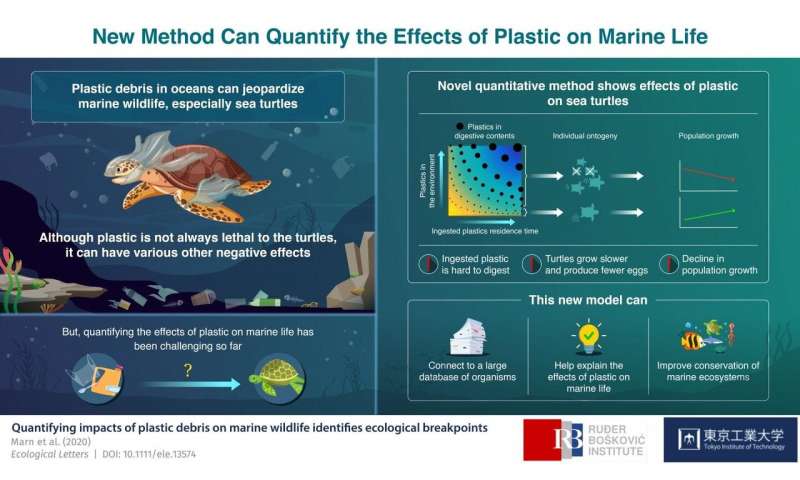
Scientists at Tokyo Institute of Technology together with their international collaborators have developed a novel quantitative method to quantify the effects of plastic on marine animals. This method successfully shows that plastic ingestion by sea turtles might be causing population declines, despite a lack of strong effects on individual turtles.
Plastic debris in marine ecosystems is a serious global issue and is the research focus of leading scientists across the globe. Annually, around 10 million tons of waste, mostly plastic, finds its way into the world's oceans. Plastic debris in the open and coastal seas can jeopardize the health of marine wildlife, affecting human health and economy both directly and indirectly.
Almost 700 marine species have been documented to interact with plastic, most commonly by ingesting smaller pieces and becoming entangled in larger pieces. Among the most affected species are sea turtles. All seven known species of sea turtles have been seriously impacted by the presence of plastic waste in marine ecosystems. Ingestion of plastic waste is often not lethal for sea turtles, but it does reduce their ability to feed and can cause negative toxic effects. Scientists have been warning for over a decade about the negative non-lethal effects of ingested plastics, noting that these effects are "particularly difficult to quantify."
Now, in a new study, an international research group, comprising Asst. Prof. Marko Jusup (Tokyo Institute of Technology [Tokyo Tech], Japan), Dr. Nina Marn and Dr. Tin Klanjšček (Ruder Boškovic Institute, Croatia), and Prof. S.A.L.M. Kooijman (Vrije Universiteit Amsterdam, the Netherlands), presented the first mechanistic model for quantifying the effects of ingested plastics on individuals and populations of sea turtles. Their findings are published in the high-ranking scientific journal Ecology Letters .
The study achieved exactly what previous research has struggled to accomplish: a new method to assess and quantify the effects of plastics ingestion on growth, reproduction, and survival of individuals and consequently populations.
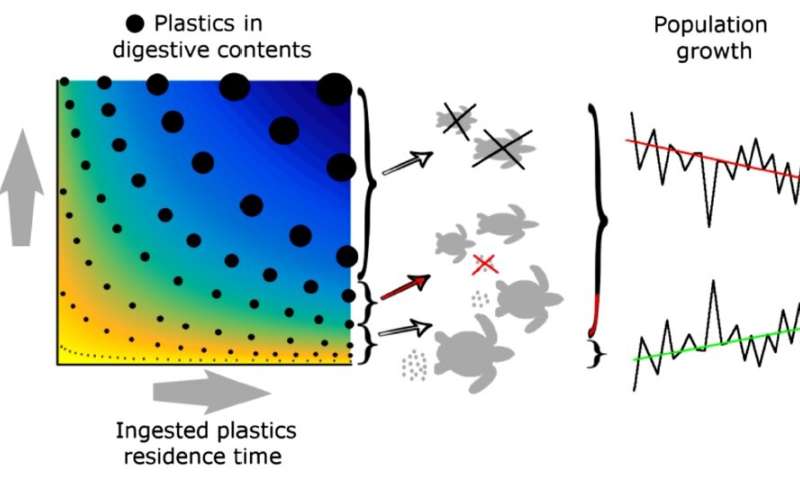
Asst. Prof. Jusup, who co-led the study with Dr. Marn, explains, "In this research, we focused on a well-known and globally distributed protected species of sea turtles—the loggerhead. Our aim was to quantify the effects of ingested plastics on individual animals and subsequently on whole populations. Differentiating between the individual and population breaking points is important because individuals can look healthy and even reproduce, but this may not be sufficient to offset the loss of individuals due to mortality. More extreme cases of plastics ingestion reported in the scientific literature cause the population ecological breaking point to be reached. This is why it is crucial to decisively act now, before it is too late."
Dr. Marn, co-leading author of this study, spent several months at Tokyo Tech working with Asst. Prof. Jusup. She explains her motivation, "Over the past few years, there have been frequent discussions about a large amount of plastic ending up in the oceans, but gathering reliable data on the direct effects of plastic on animal health is still a challenge for the scientific community. One of the main motivations of my doctoral research was therefore to link plastic in the oceans to effects on marine wildlife, particularly on the already endangered sea turtles."
Understanding the link between the amount of ingested plastic waste and reduction in feeding of marine wildlife is crucial to mitigate the negative effects of plastic on marine organisms.
An added value of this model is its wide applicability—not only to other sea turtles but also any of the over 2,000 animal species characterized in the online database called "Add-my-Pet." The database is a brainchild of Prof. Kooijman, another co-author of the study, and is maintained and updated by a collaborative scientific effort in which Dr. Marn participates.
Dr. Klanjšček, a corresponding author of this study, concludes, "The effects of plastics ingestion that we are focusing on are not the only non-lethal effects of ingested plastics; for example, there is also a toxicological aspect of (micro)plastics, which is something we do not characterize at this point. However, our model is a crucial step that brings us closer to a more complete understanding of the effects of plastics on marine organisms. A general approach such as this, combined with an extensive database, enables straightforward applications of our model to other organisms such as sea birds and sea mammals."
Indeed, this new model represents an important step towards conservation of the marine ecosystem, which is—no doubt—the need of the hour.
More information: Nina Marn et al, Quantifying impacts of plastic debris on marine wildlife identifies ecological breakpoints, Ecology Letters (2020). DOI: 10.1111/ele.13574
Provided by Tokyo Institute of Technology
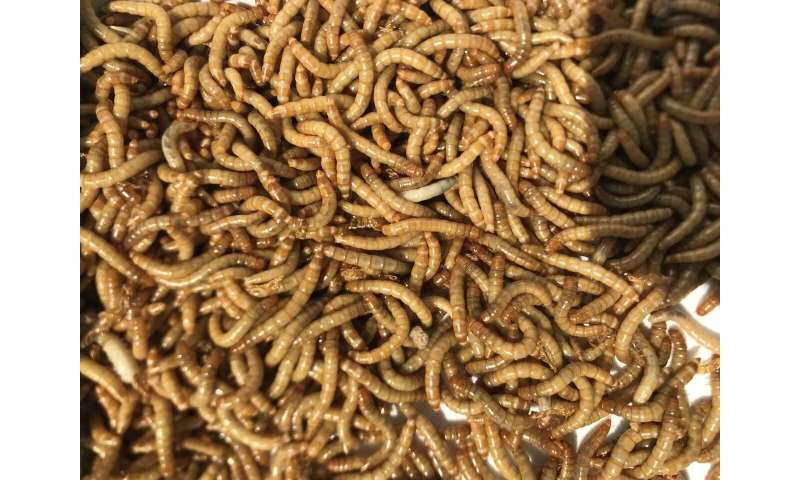

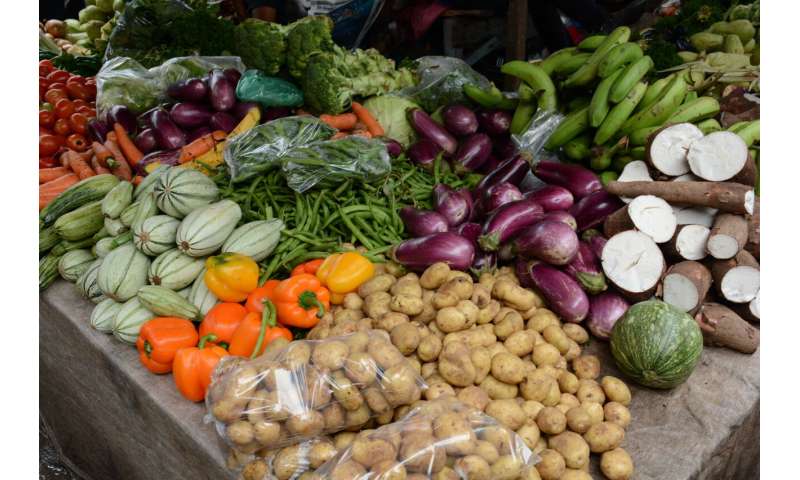
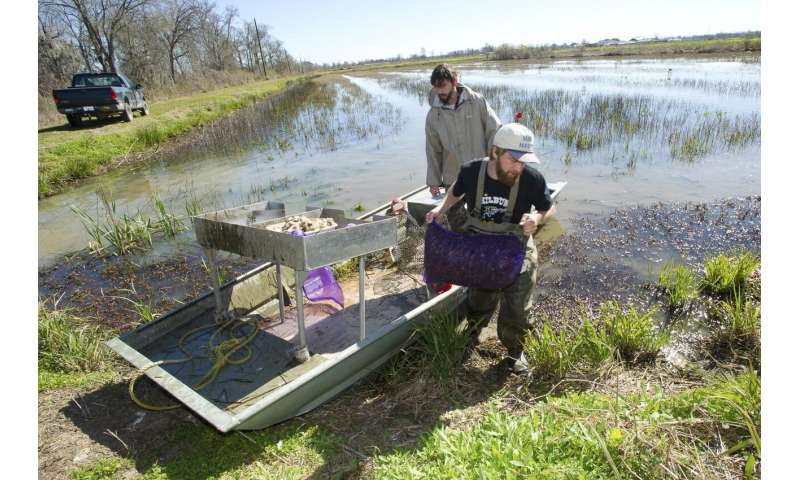
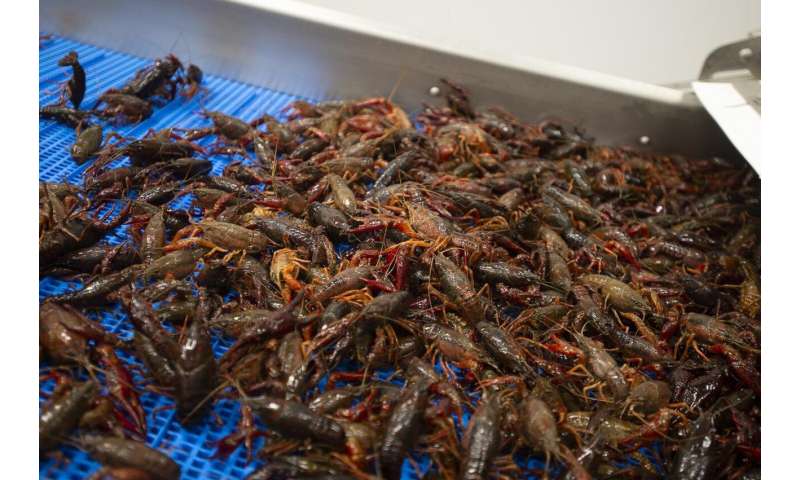



 A plane drops water during a wildfire in the ancient site of Mycenae, Greece, some 140 kilometers (90 miles) south of Athens, on Sunday, Aug. 30, 2020. The fire that broke out at the Mycenae, one of the most popular archaeological sites in Greece, has not caused any damage to antiquities at first inspection, according the Culture Ministry. (Vangelis Bougiotis/InTime News via AP)
A plane drops water during a wildfire in the ancient site of Mycenae, Greece, some 140 kilometers (90 miles) south of Athens, on Sunday, Aug. 30, 2020. The fire that broke out at the Mycenae, one of the most popular archaeological sites in Greece, has not caused any damage to antiquities at first inspection, according the Culture Ministry. (Vangelis Bougiotis/InTime News via AP)

